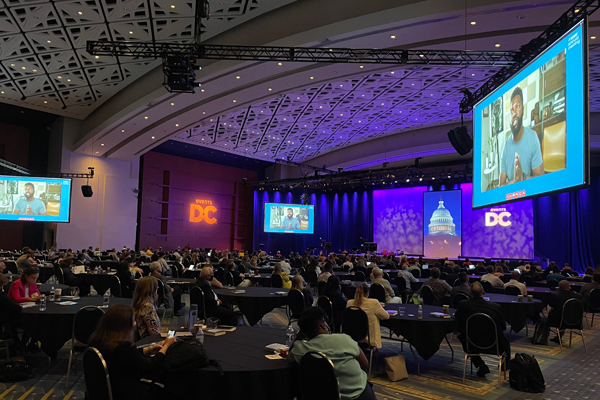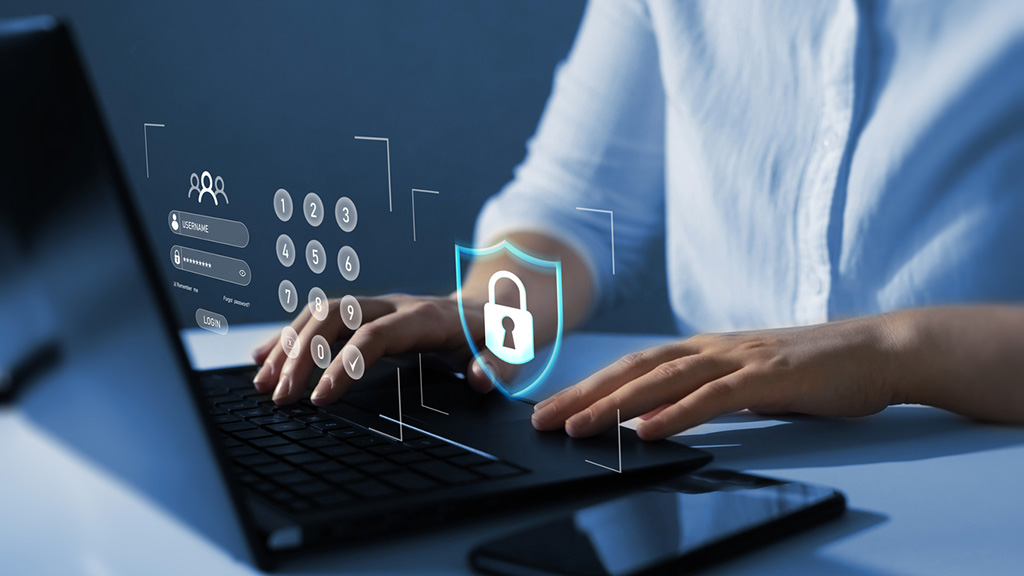March 12, 2024
Tech
November 6, 2023

Free generative AI tools gobble data, making it available to anyone; use of AI in employment practices could lead to discrimination.
October 9, 2023

Associations are still making choices on remote work and commitment to DEI; job seekers can no longer delegate tech knowledge
December 9, 2022

Inteleos is testing artificial intelligence to write certification exam questions

Association efforts focus on interactions with members, internal communication.
February 4, 2022

Association Women Technology Champions accepts members from any field or knowledge level; must work for or with associations.
January 5, 2022
Cybersecurity insurance is essential coverage for any organization with significant IT infrastructure, but premiums are skyrocketing and insurers are increasingly demanding that clients implement safeguards to minimize their risk of future cyberattacks.
January 5, 2022

IT experts say the question isn't prevention, but managing the response.
December 15, 2021

The Internet Association will close its doors at the end of the year, with the group saying the indu…
August 16, 2021

Hundreds of association professionals networked and watched keynote speeches and awards ceremonies o…

